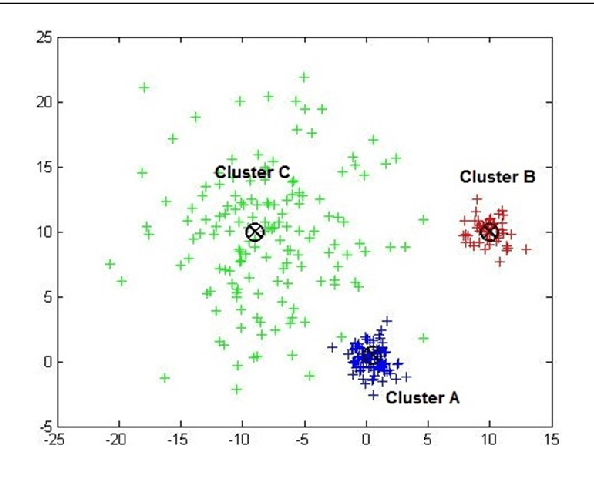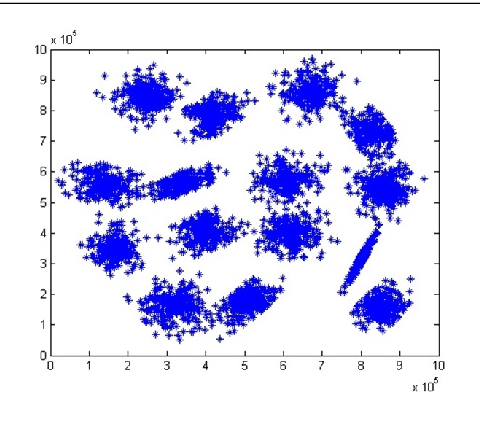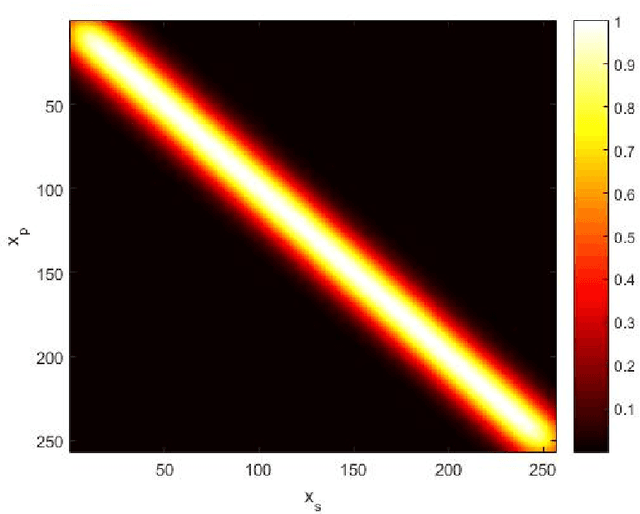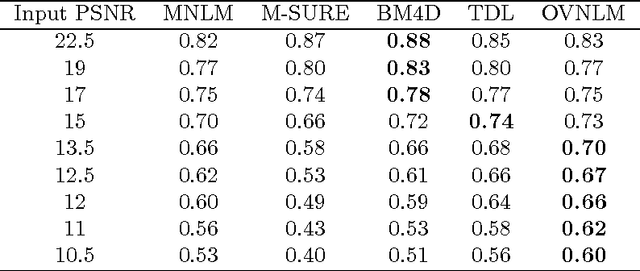Rachid Hadjidj
Cluster validity index based on Jeffrey divergence
Dec 20, 2018



Abstract:Cluster validity indexes are very important tools designed for two purposes: comparing the performance of clustering algorithms and determining the number of clusters that best fits the data. These indexes are in general constructed by combining a measure of compactness and a measure of separation. A classical measure of compactness is the variance. As for separation, the distance between cluster centers is used. However, such a distance does not always reflect the quality of the partition between clusters and sometimes gives misleading results. In this paper, we propose a new cluster validity index for which Jeffrey divergence is used to measure separation between clusters. Experimental results are conducted using different types of data and comparison with widely used cluster validity indexes demonstrates the outperformance of the proposed index.
Multispectral image denoising with optimized vector non-local mean filter
Oct 21, 2016



Abstract:Nowadays, many applications rely on images of high quality to ensure good performance in conducting their tasks. However, noise goes against this objective as it is an unavoidable issue in most applications. Therefore, it is essential to develop techniques to attenuate the impact of noise, while maintaining the integrity of relevant information in images. We propose in this work to extend the application of the Non-Local Means filter (NLM) to the vector case and apply it for denoising multispectral images. The objective is to benefit from the additional information brought by multispectral imaging systems. The NLM filter exploits the redundancy of information in an image to remove noise. A restored pixel is a weighted average of all pixels in the image. In our contribution, we propose an optimization framework where we dynamically fine tune the NLM filter parameters and attenuate its computational complexity by considering only pixels which are most similar to each other in computing a restored pixel. Filter parameters are optimized using Stein's Unbiased Risk Estimator (SURE) rather than using ad hoc means. Experiments have been conducted on multispectral images corrupted with additive white Gaussian noise and PSNR and similarity comparison with other approaches are provided to illustrate the efficiency of our approach in terms of both denoising performance and computation complexity.
 Add to Chrome
Add to Chrome Add to Firefox
Add to Firefox Add to Edge
Add to Edge